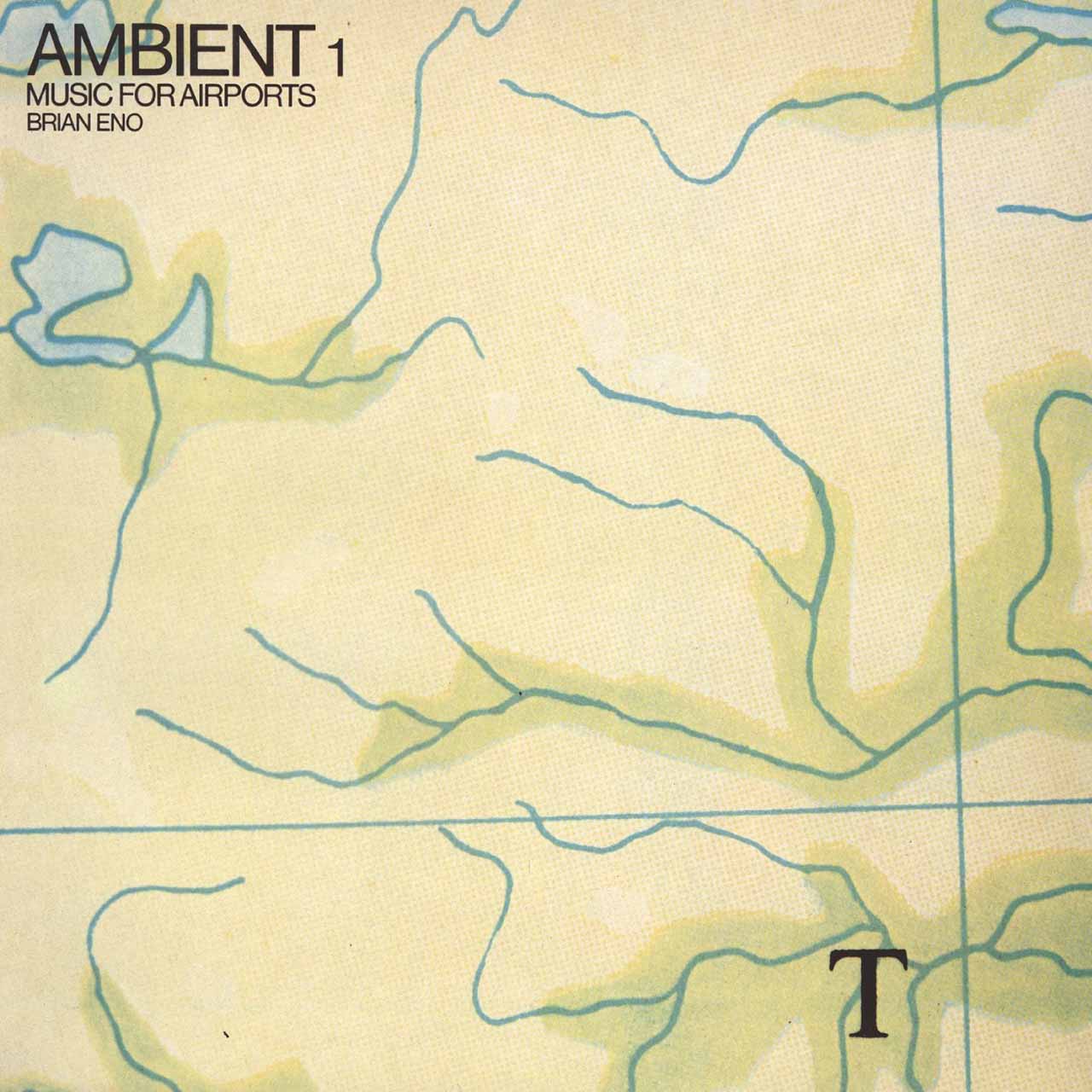What is Ambient Music?
Introduction
Ambient music, known for its atmospheric soundscapes and subtle compositions, emerged in the 1970s as an experimental offshoot of electronic and minimalist music. Rather than following traditional song structures, it aims to create a sense of mood or atmosphere, providing a sonic backdrop for activities such as relaxation, meditation, and creative work.
While often described as “background music” for its non-intrusive nature, its depth and complexity also cater to attentive listening. Originating from the experimental music scene of the 20th century, artists like Brian Eno and Erik Satie were instrumental in its development.
Main Characteristics
Ambient music is characterized by several key features:
- Repetitive Patterns: Many ambient compositions feature repetitive motifs or loops, gradually evolving over time to create a hypnotic effect.
- Long-form Compositions: Unlike traditional songs with distinct verses and choruses, ambient pieces unfold slowly over extended durations, allowing listeners to immerse themselves fully.
- Emphasis on Texture and Mood: Ambient music places a strong emphasis on creating rich sonic textures and evoking specific emotions or mental states. This is achieved through various means including the use of synthesizers, field recordings, and other electronic and acoustic instruments.
History – Pioneers and Influences
Ambient music’s roots trace back to avant-garde experiments in the early 20th century, notably by composers like Erik Satie. However, it wasn’t until the 1970s that it emerged as a distinct genre. Brian Eno, a British musician and producer, played a pivotal role in its development.
Eno coined the term “ambient music” to describe compositions adaptable to various levels of listening attention. His 1978 album, “Ambient 1: Music for Airports,” epitomizes this approach, featuring tranquil compositions evoking calm and spaciousness.

In addition to Eno, artists such as Tangerine Dream, Klaus Schulze, and Steve Roach shaped ambient music’s early sound. Their innovative use of synthesizers, tape loops, and environmental recordings pushed traditional music boundaries.
Subgenres
Ambient music’s evolution spawned diverse subgenres, each with unique characteristics and aesthetics:
- Dark Ambient: Known for eerie atmospheres, often incorporating industrial and experimental elements.
- Drone: Focuses on sustained tones, creating immersive sonic environments unfolding gradually.
- Space Music: Inspired by outer space themes, featuring expansive soundscapes, ethereal melodies, and Sci-Fi inspired effects
These subgenres highlight ambient music’s versatility, offering options for introspection, immersive experiences, or haunting atmospheres to suit every mood and preference.
Role of Ambient Music in Modern Production
Its Influence on Other Genres
Ambient music transcends genre boundaries, inspiring artists in electronic, experimental, alternative rock, and classical music. With its focus on atmosphere, texture, and mood, it has left an indelible mark on contemporary music.
In electronic music, ambient influences are evident in downtempo, chillout, and IDM. Artists like Aphex Twin and Boards of Canada blend ambient elements with electronica and techno, blurring genre lines.

Similarly, alternative and indie rock bands like Radiohead and Sigur Rós incorporate ambient textures, enriching their sonic palette. Even in contemporary classical composition, ambient elements find their place, as seen in the works of Max Richter and Ólafur Arnalds.
Usage in Films, Games, and Meditation
Ambient music plays a crucial role in various media, including film soundtracks, video game scores, and meditation apps. Its ability to evoke mood enhances visual storytelling and creates immersive gaming experiences.
In films, ambient soundscapes underscore moments of tension or introspection, drawing viewers into surreal worlds. It is particularly used well by the director David Lynch to create atmospheric settings.
In video games, ambient music sets the tone for immersive gameplay experiences. Games like “Journey” and “Minecraft” feature ambient soundtracks that enhance player immersion.

Ambient music also aids meditation and wellness practices, promoting relaxation and stress relief. Meditation apps like Headspace and Calm offer ambient music tracks designed for mindfulness and mental well-being.
In conclusion, ambient music’s influence extends beyond its genre, enriching contemporary culture and media expression. As it evolves, it continues to inspire creativity and innovation in various artistic fields.
Summary
Ambient music holds a unique and significant place in modern music. Originating as an experimental offshoot in the 1970s, it has evolved into a diverse genre with a rich history and wide-ranging influence.
Looking ahead, ambient music continues to evolve, reflecting the dynamic landscape of contemporary music. The advent of Ai however makes the future path of Ambient music wildly unpredictable. It is considered by many to be one of the music forms that stands to be challenged by the development of Ai music-making tools. Whether through technological advancements or interdisciplinary collaborations, the influence of Ambient Music will, however, undoubtedly remain influential.
Thank you for joining us on this journey. We hope you’ve gained a deeper appreciation of its impact on our lives and culture.
Stay tuned for more insights and explorations into the musical genres that shape us.
Remember – RouteNote Create subscriptions start from as little as $2.99. You also get 10 FREE credits to spend on samples along with access to our FREE sample pack bundle when you sign-up
